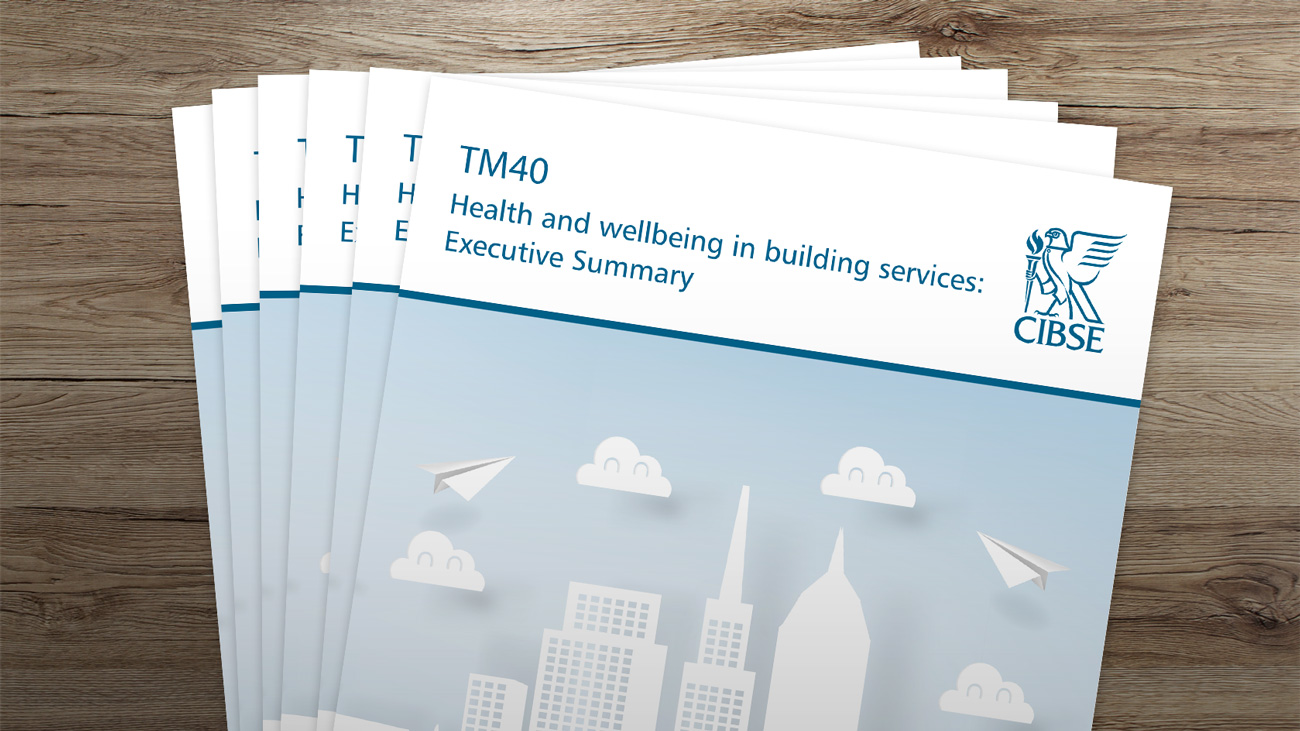
New guidance on health and wellbeing in building services launched
New guidance on health and wellbeing in building services has been published by CIBSE – the Chartered Institution of Building Services Engineers. This new version of its Technical Memorandum reflects significant changes in the environmental conditions we are exposed to and advances in our knowledge of how these environments affect our health, comfort and cognitive performance.
The built environment can play an important role in people’s health – and physical inactivity, occupational workplace risks and air pollution (among the top ten highest risk factors of death and disability in the UK) are all influenced by how we plan and build cities, neighbourhoods and buildings.
The CIBSE guidance addresses key environmental parameters that impact wellbeing in the design, construction and operation of buildings, including thermal conditions, humidity, air, light, acoustics, electromagnetic fields and water.
This revision of the guidance updates the original version of TM40, published in 2006. A significant change in the document is the focus on performance outcomes – summarising existing health-based guidance and regulations and proposing recommended levels for each key environmental parameter. These may then be used as targets in new buildings, fit-outs and refurbishments, or as benchmarks in existing buildings to define priorities and improvement programmes.
It suggests that a useful approach to designing for health and wellbeing is to develop a design strategy for the people in a space and not for the space itself – which may result in a scheme meeting the desired environmental conditions only in the occupied space (rather than in the whole volume).
Looking ahead, CIBSE acknowledges that health and wellbeing is an evolving subject and that there is still much debate, research and development in numerous areas. To ensure professionals are aware of the current limits of knowledge, the document has collated these as emerging themes in each chapter of the TM.
To download the new publication and view the accompanying resources visit cibse.org/tm40.





